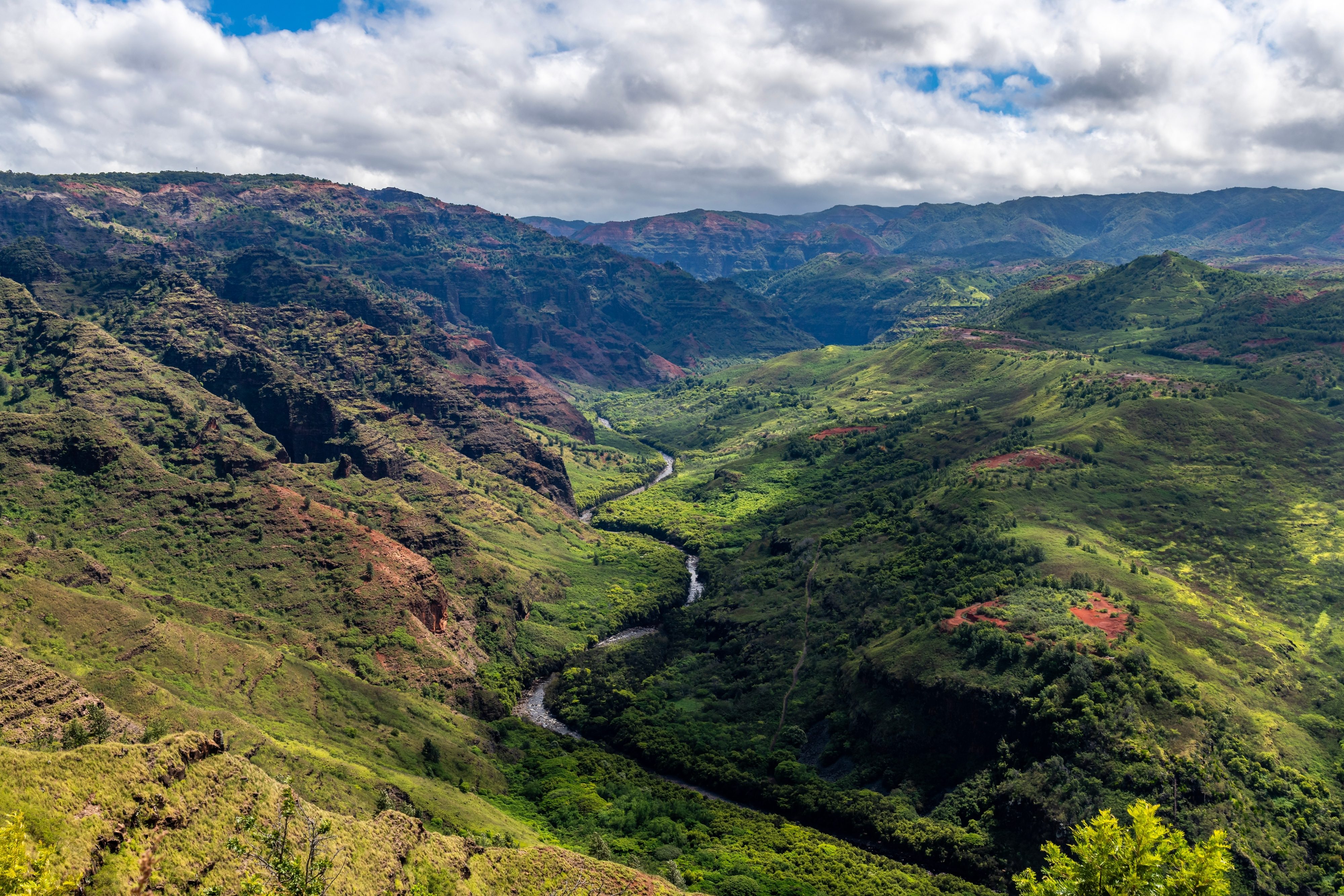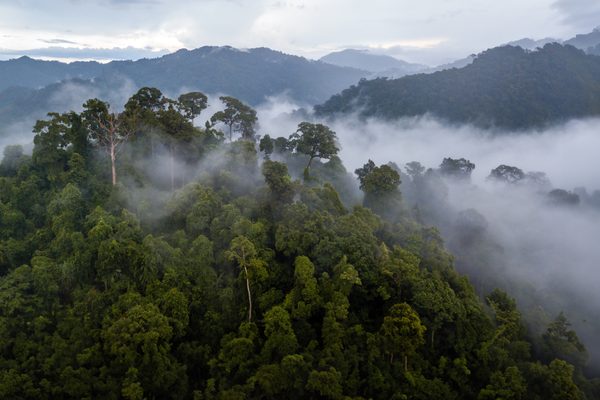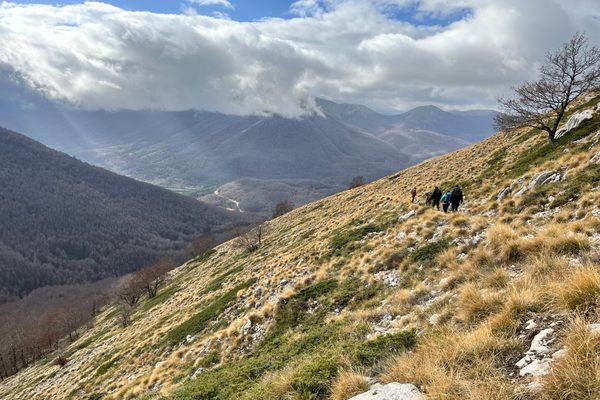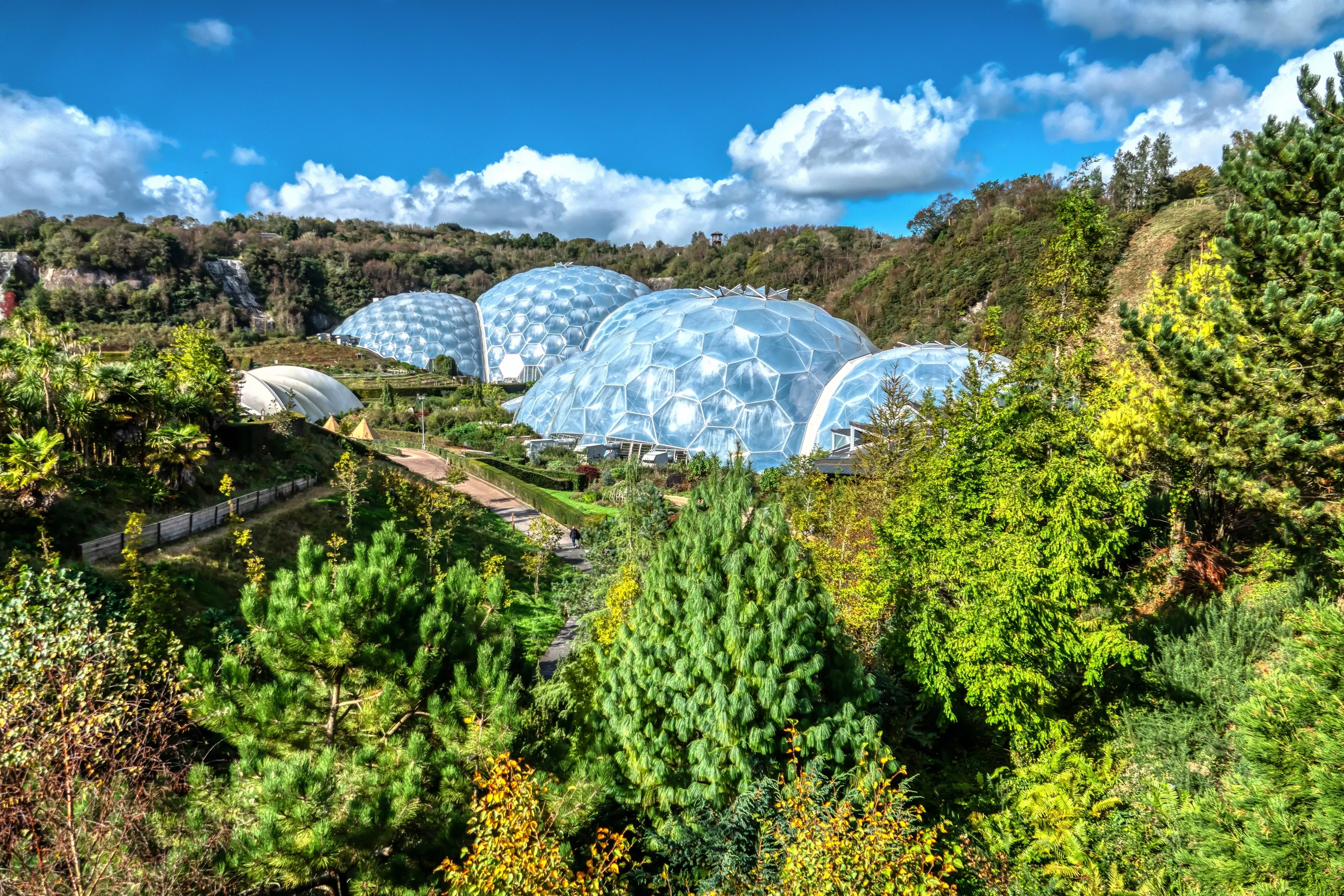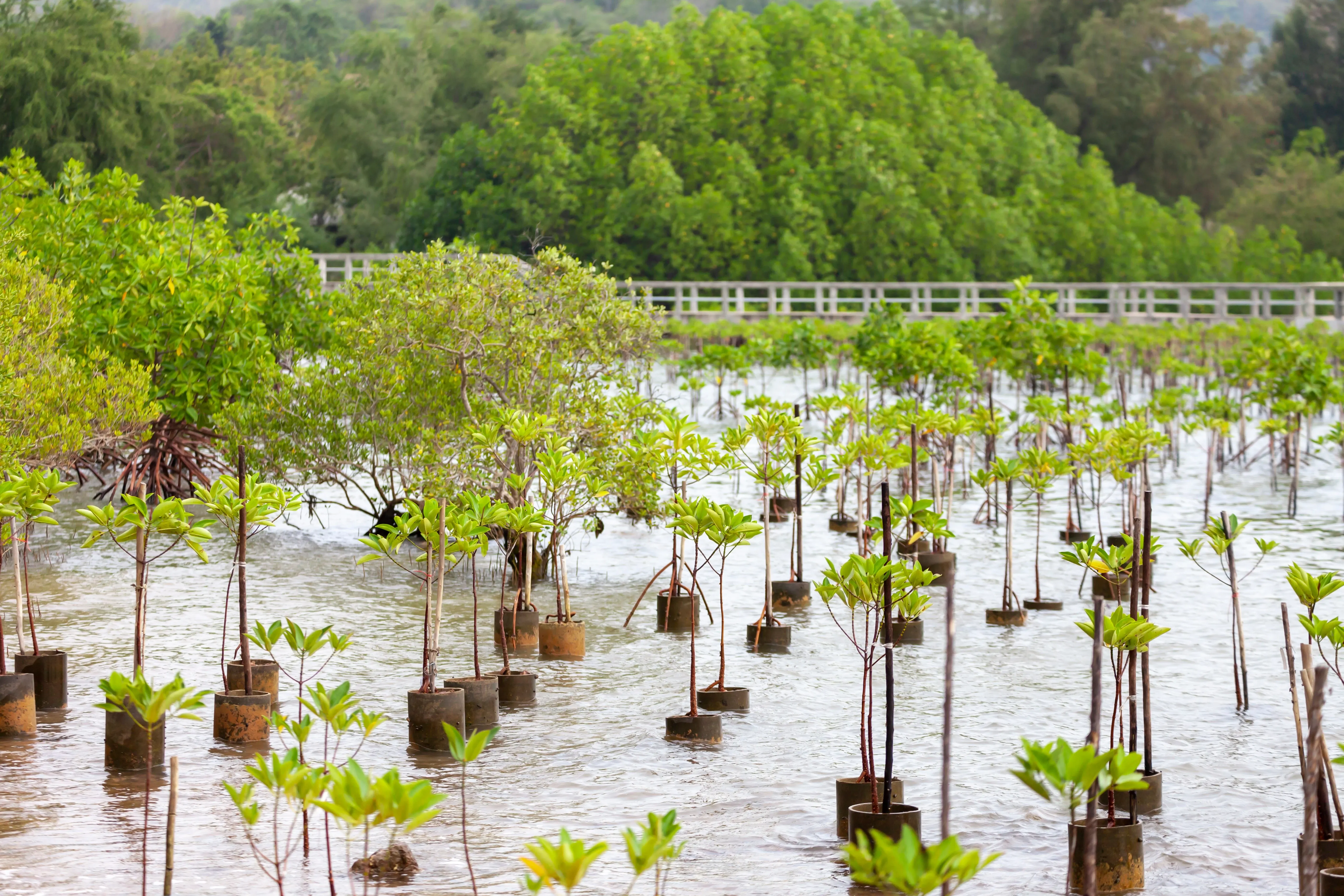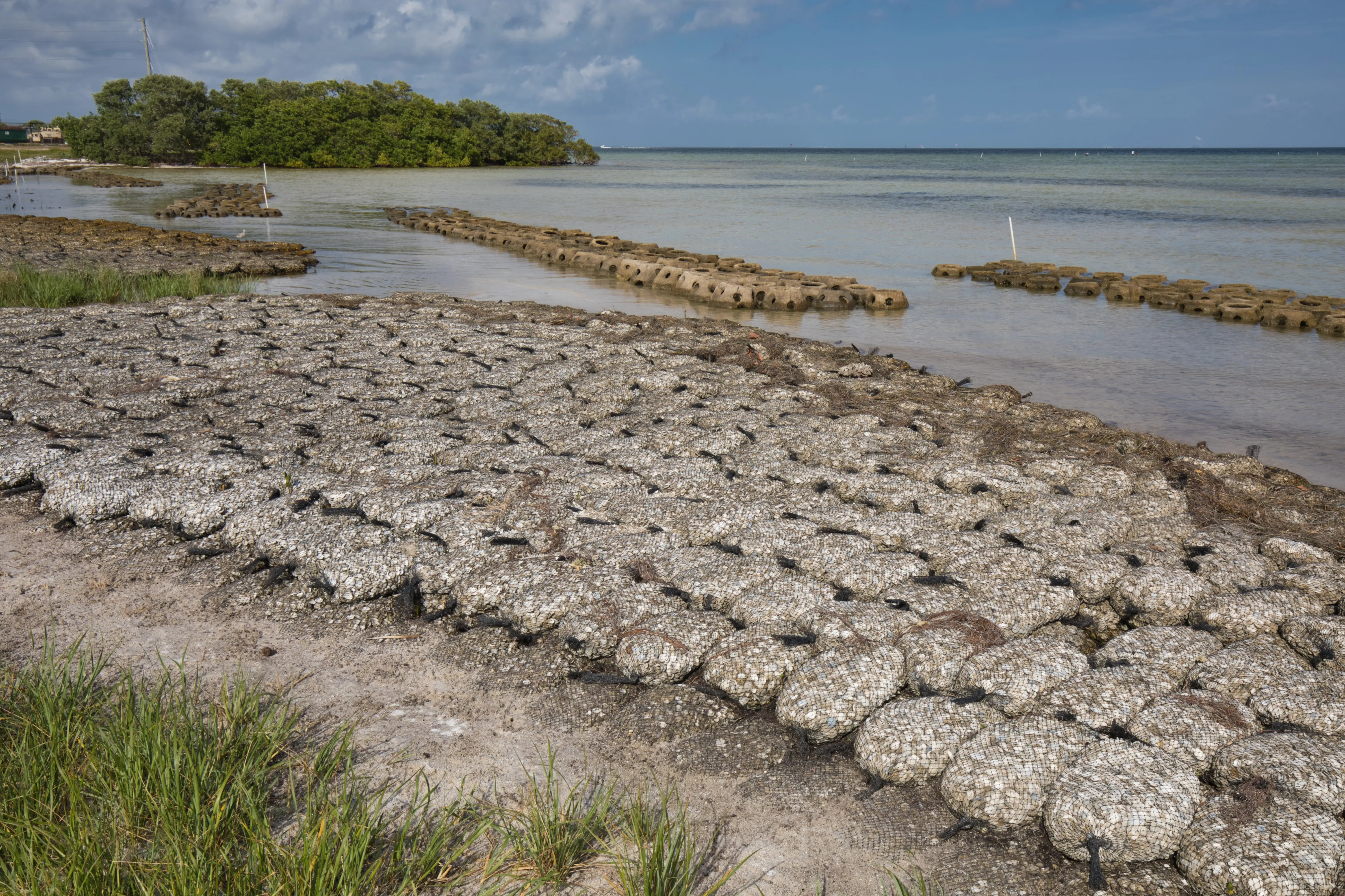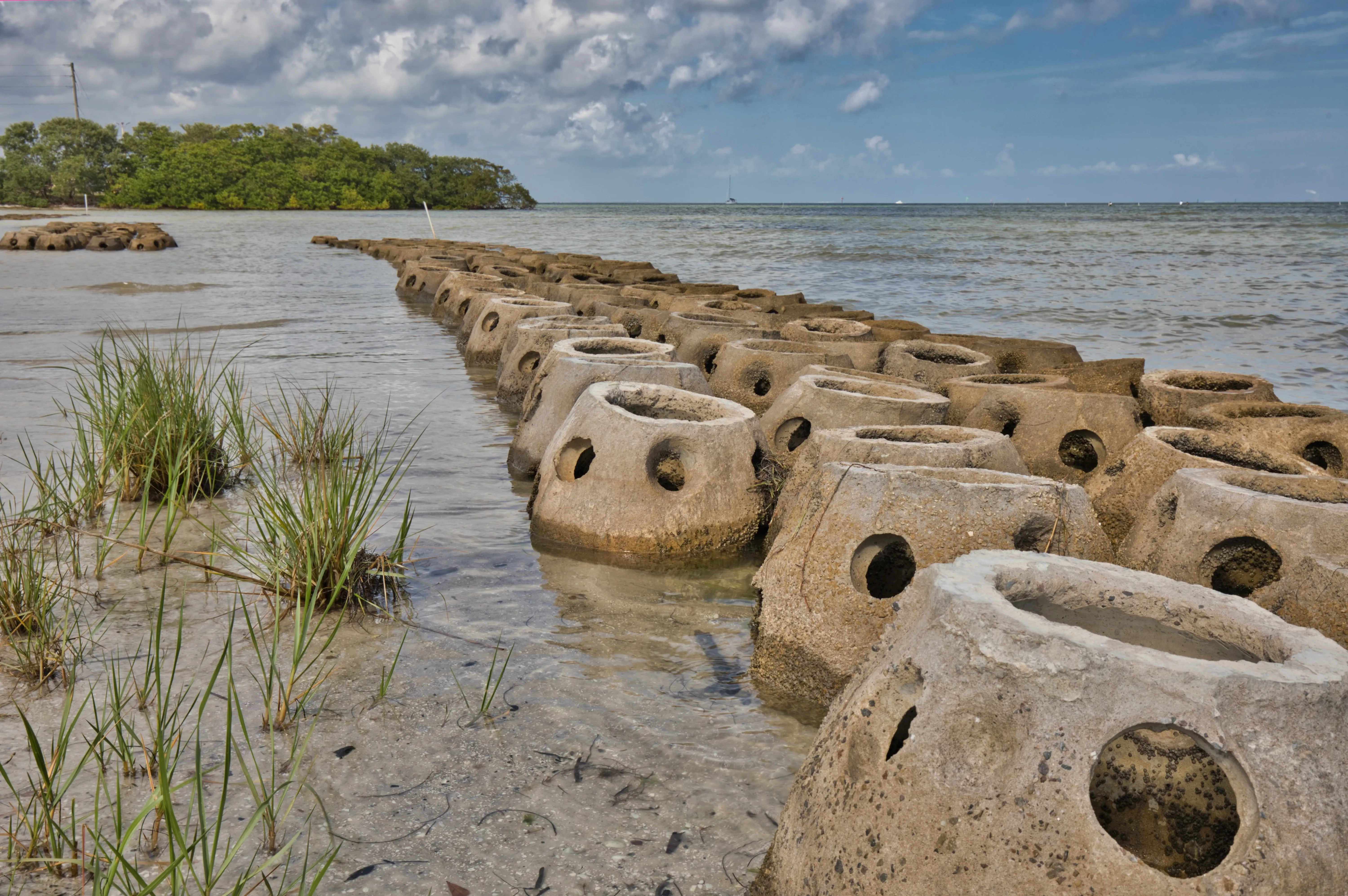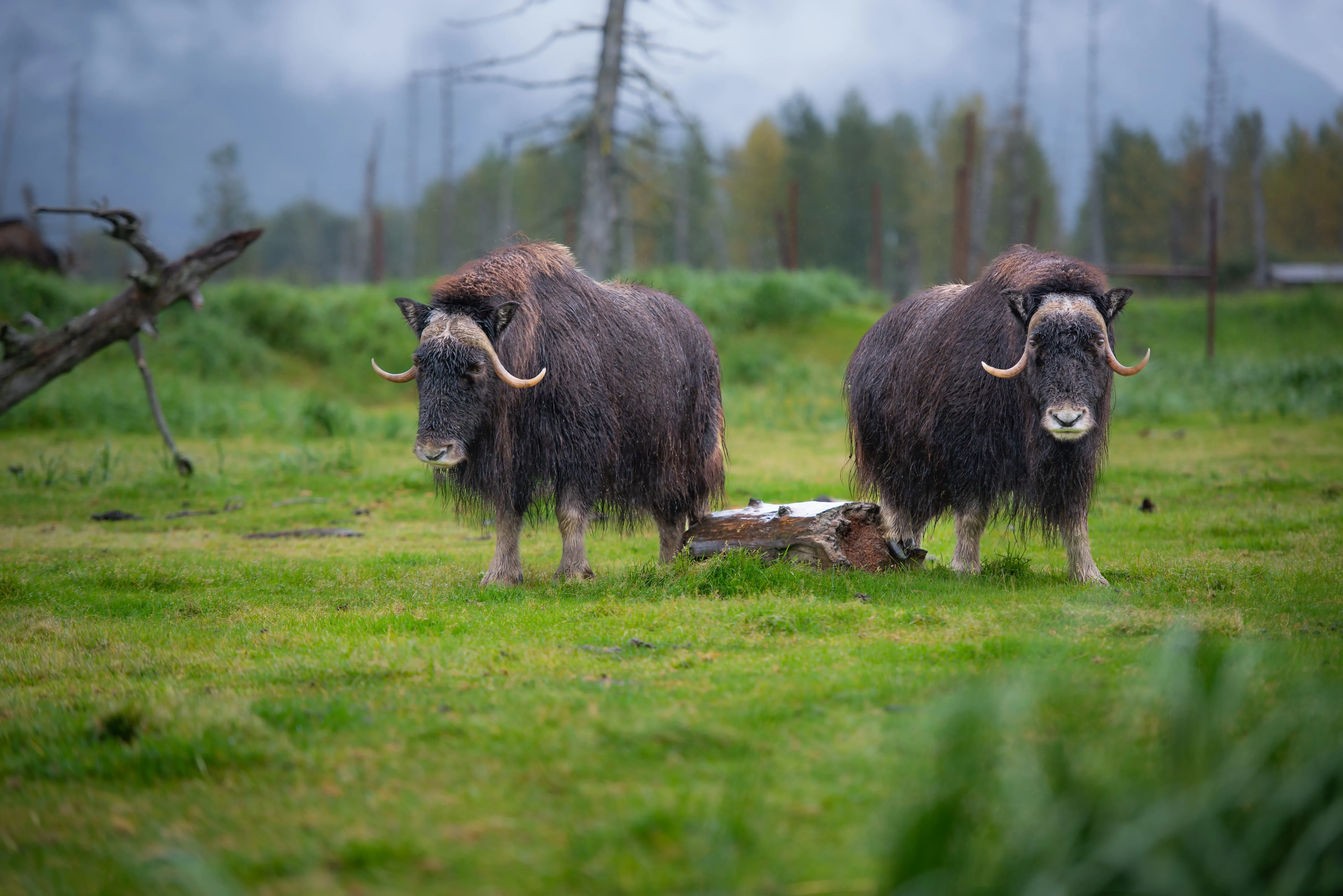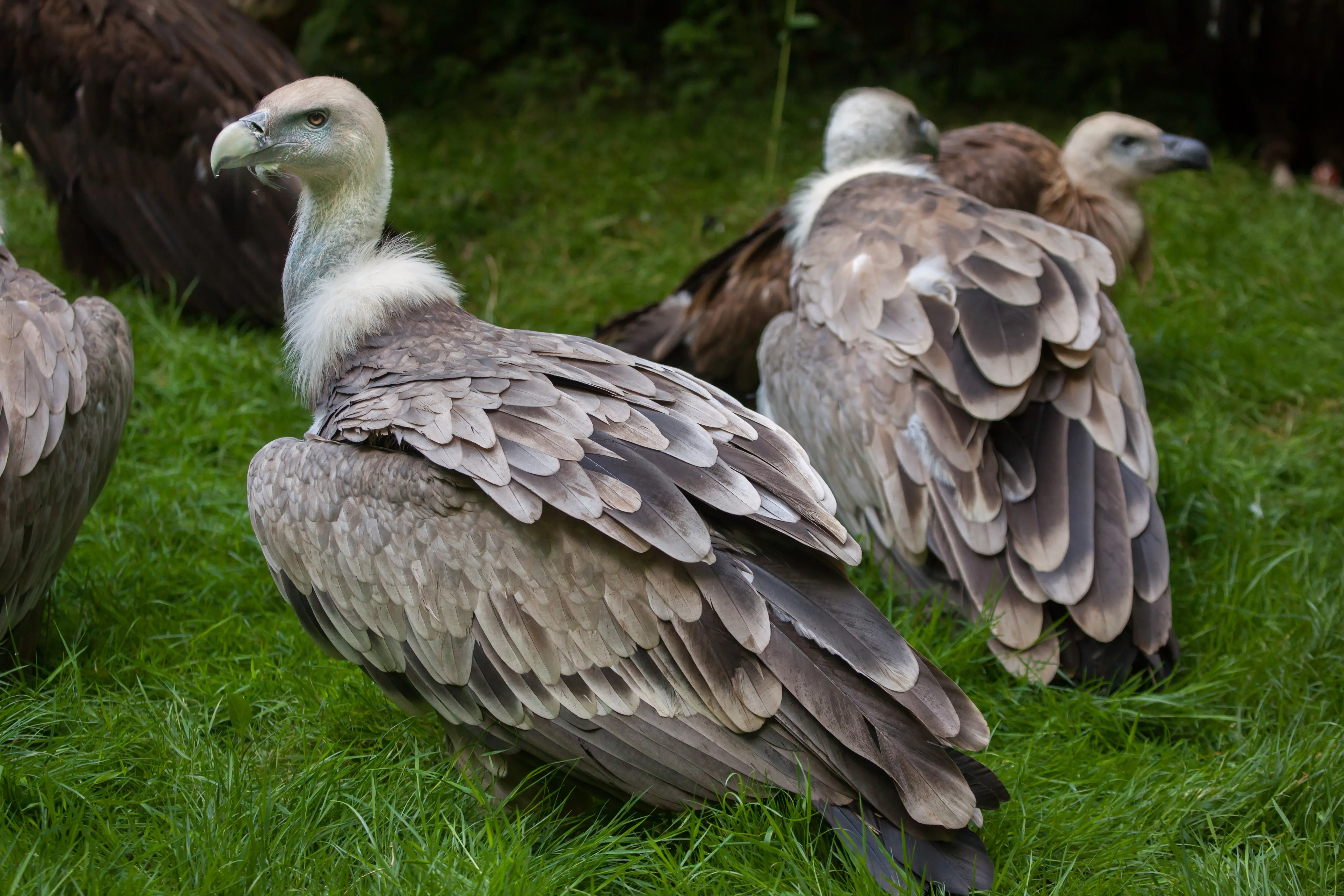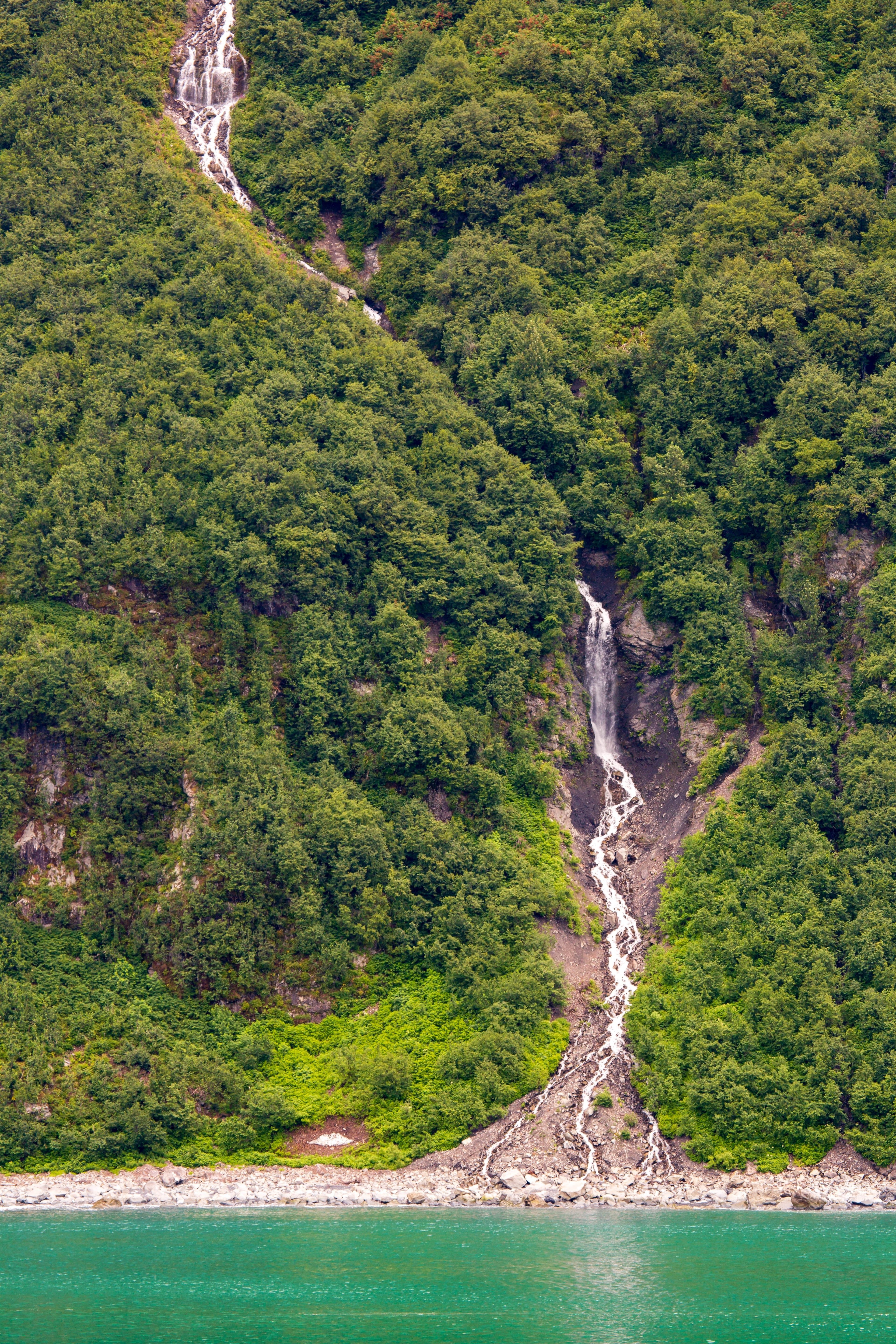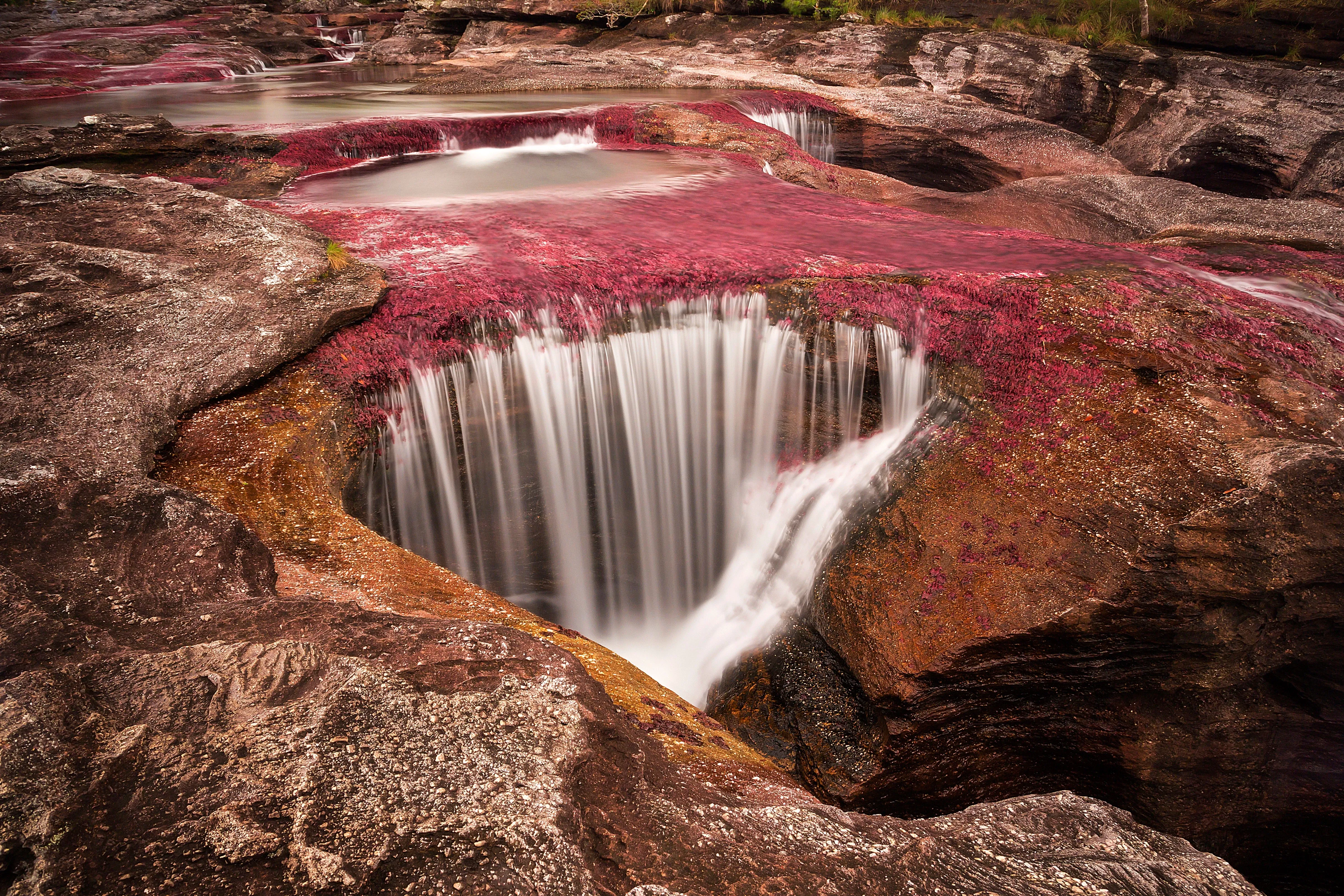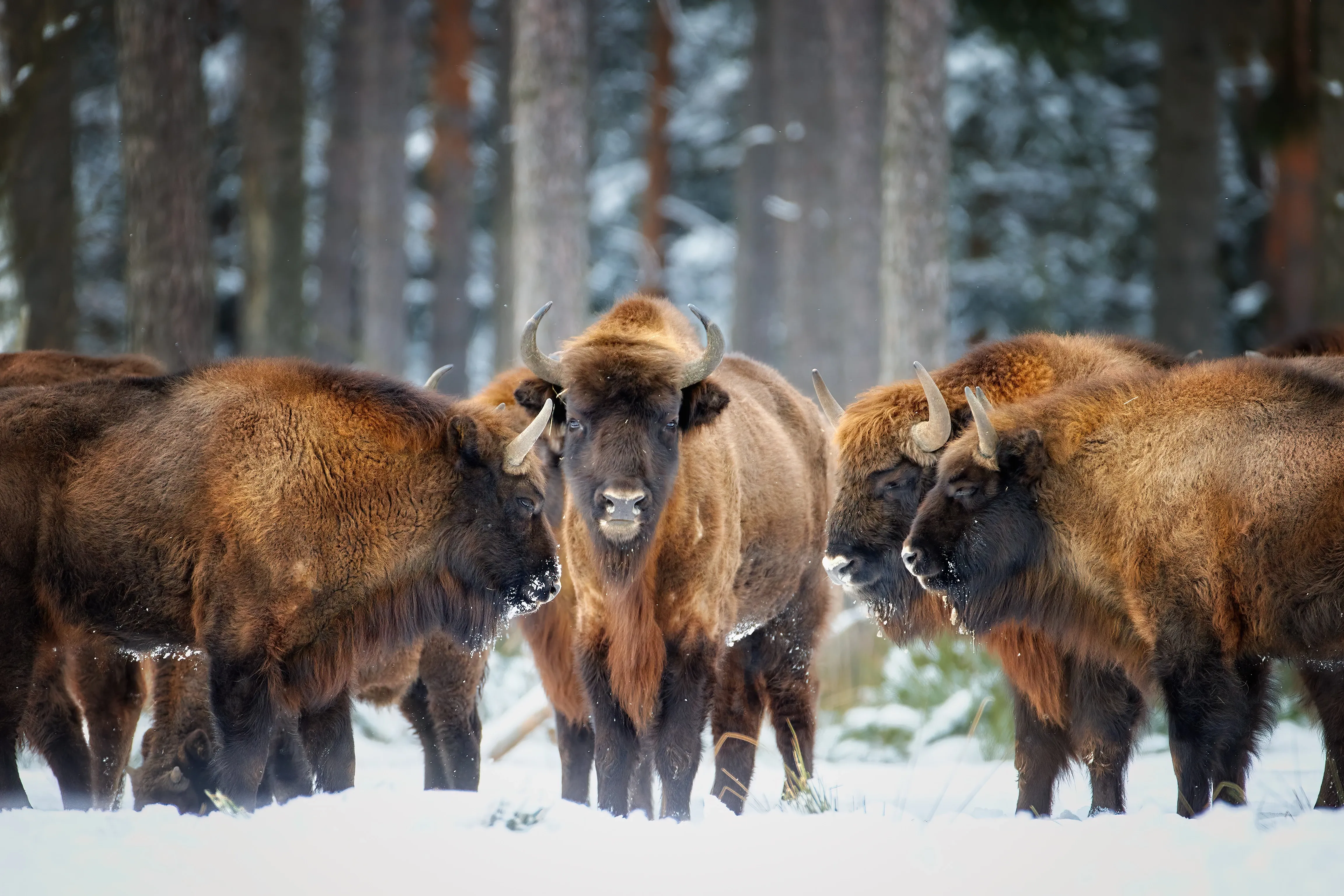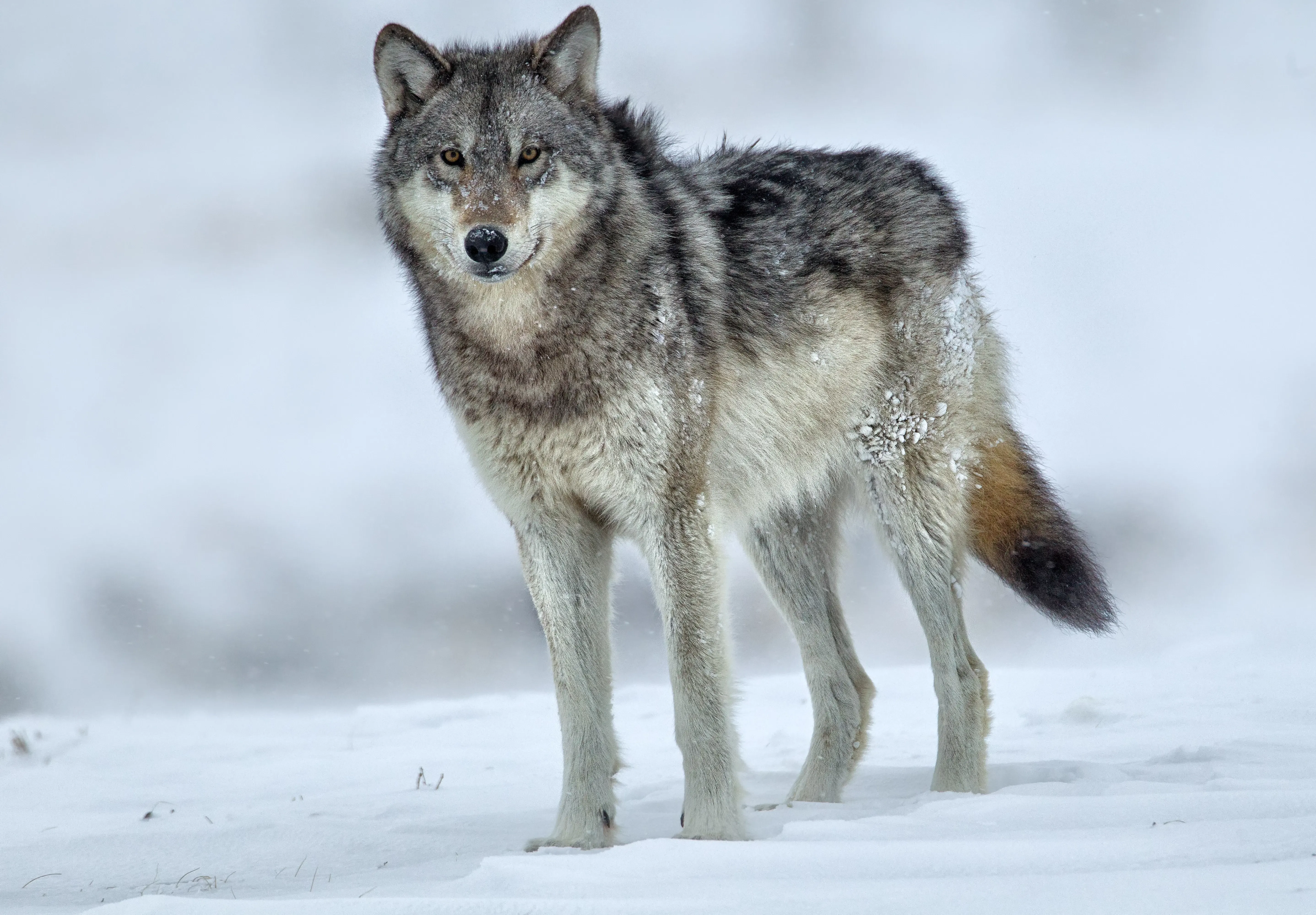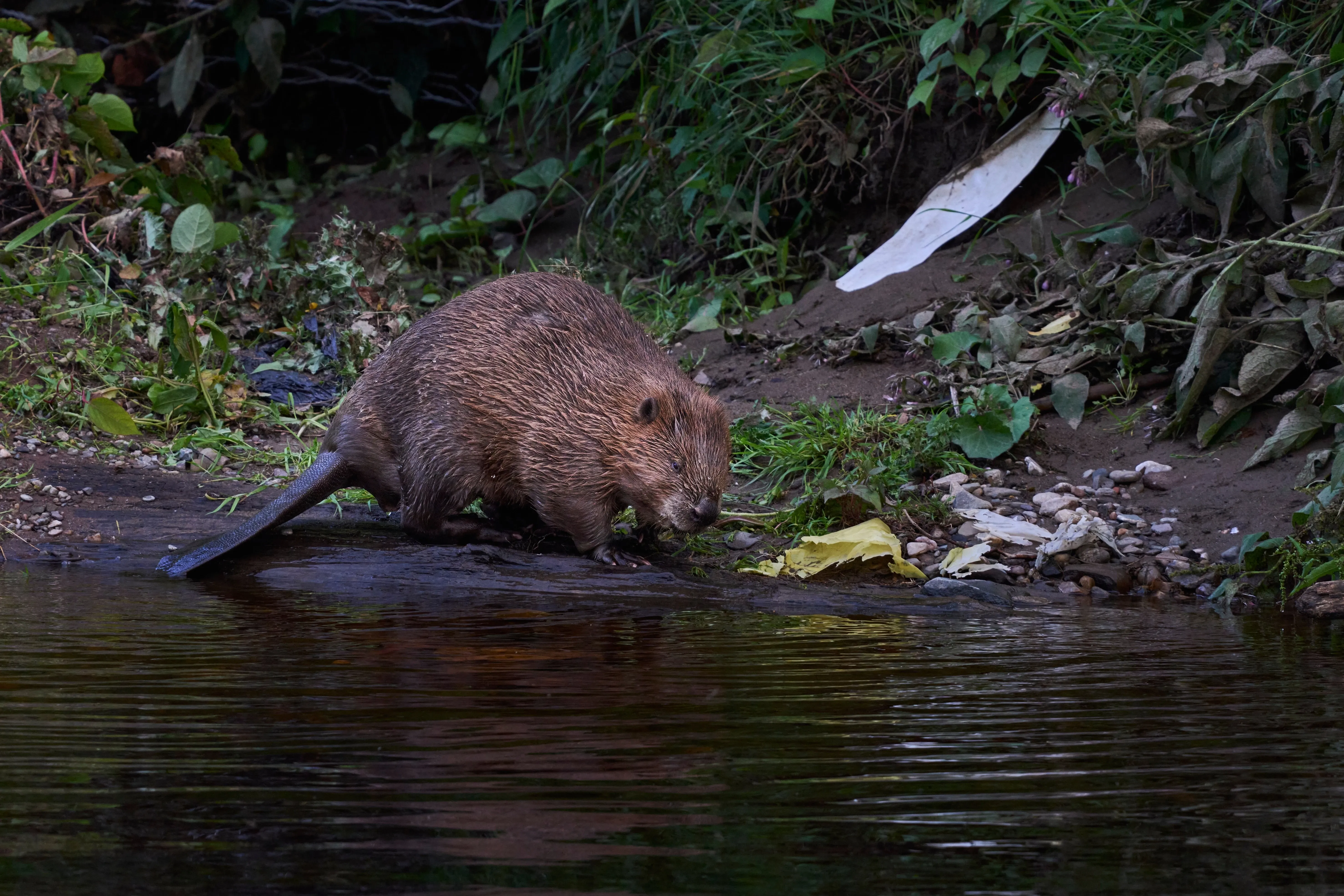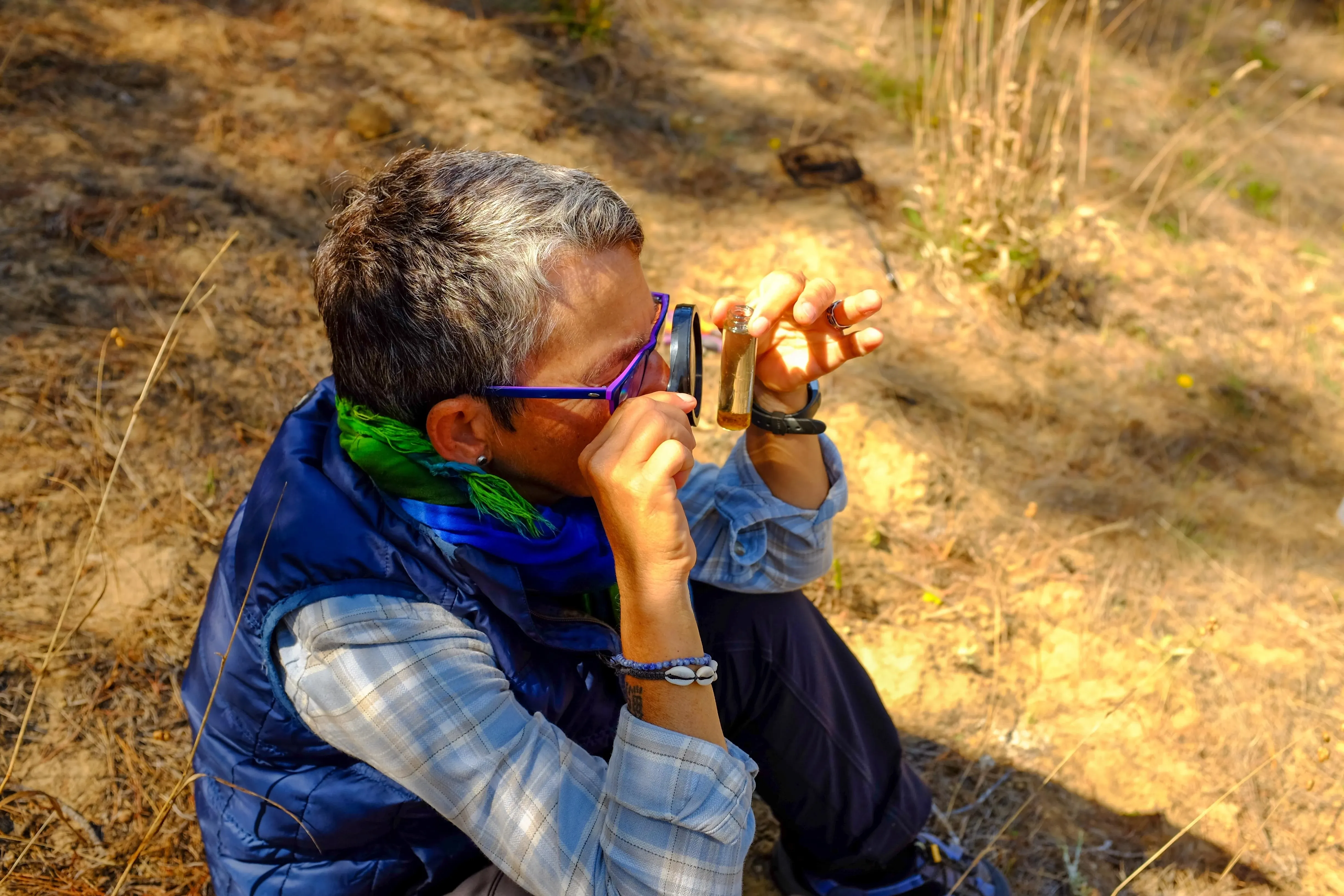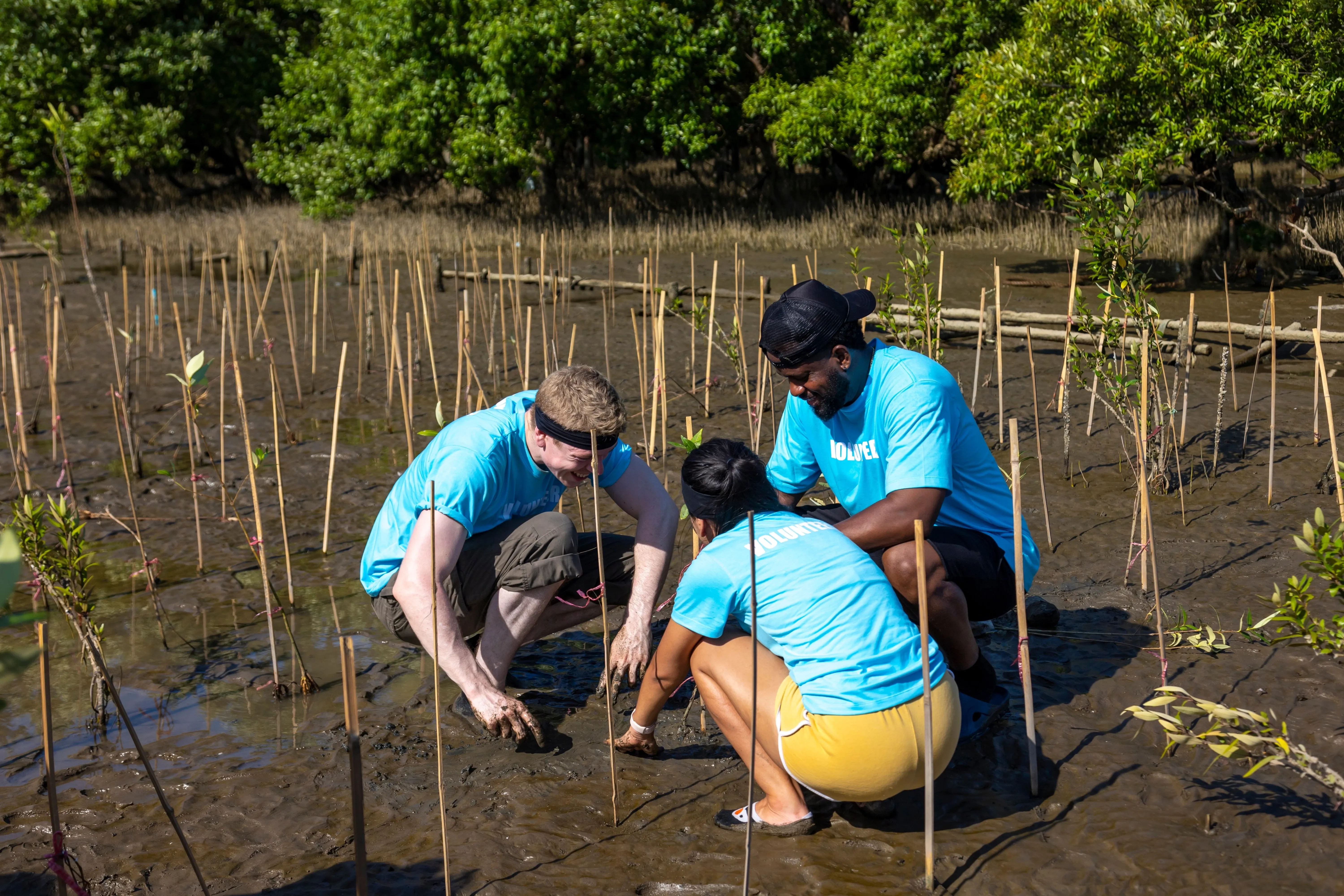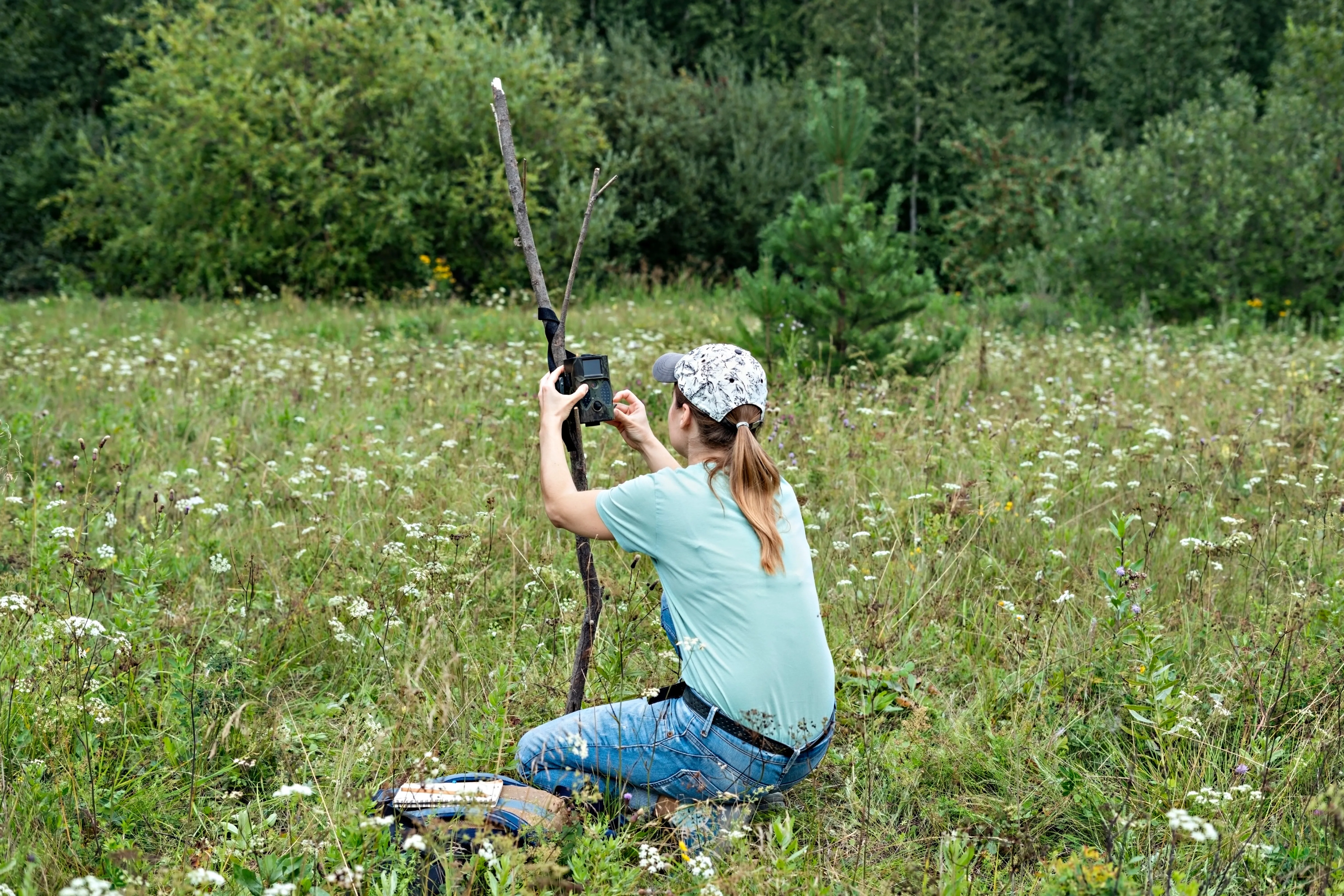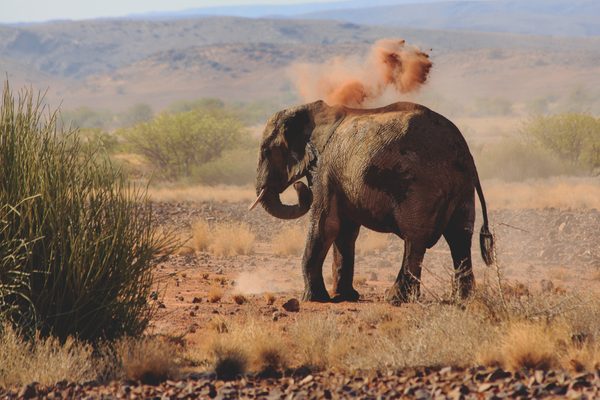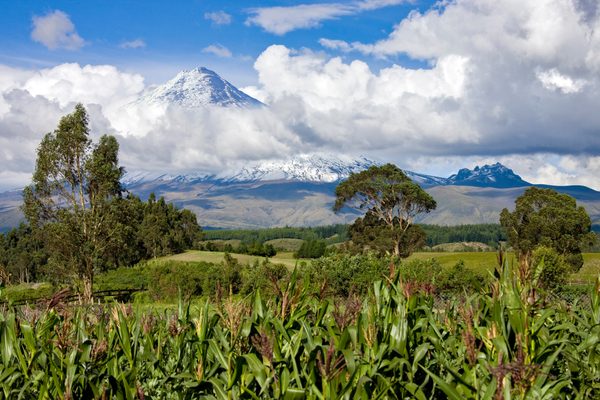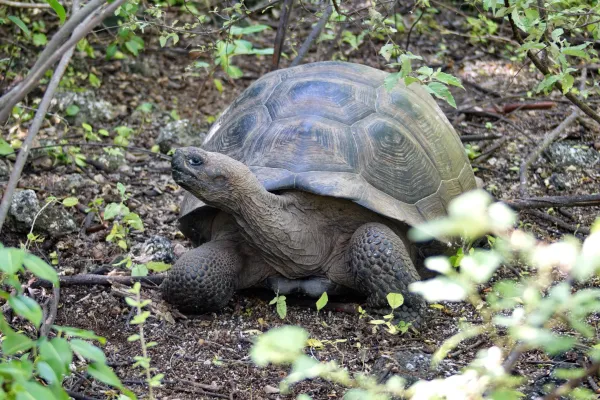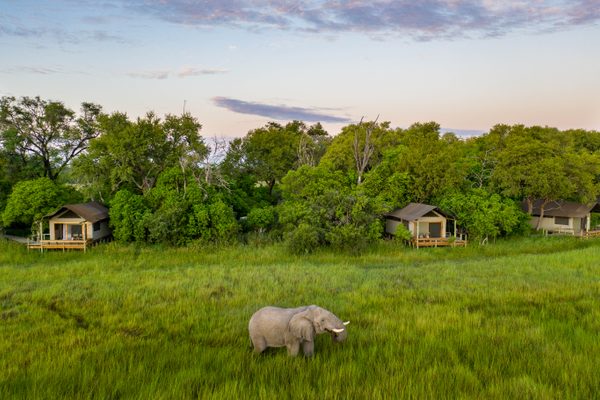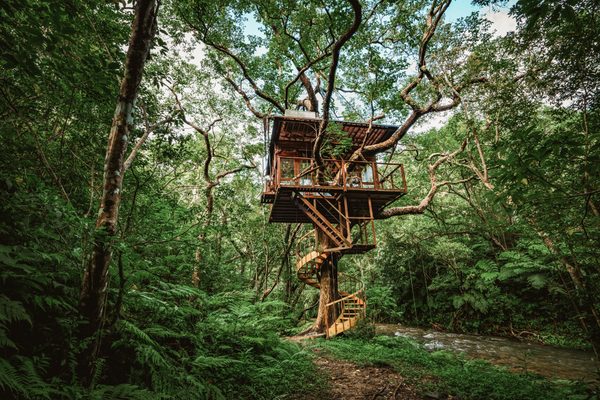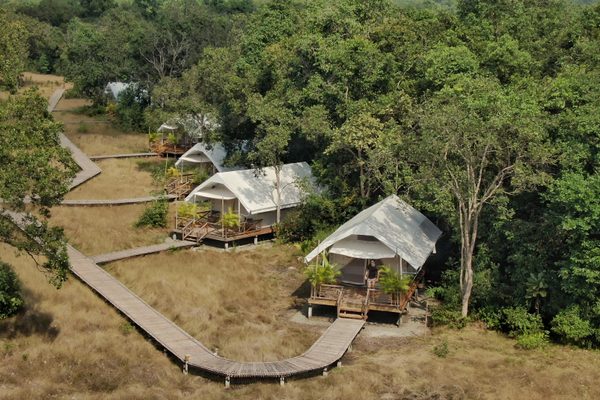The power of Rewilding: Travel with purpose
Rewilding is a transformative conservation strategy designed to restore and rejuvenate natural ecosystems by reintroducing native species and allowing natural processes to shape the environment.
This approach aims to reverse the damage caused by human activity, such as habitat destruction and species extinction, by re-establishing ecological dynamics that have been lost.
Rewilding often involves actions like reintroducing apex predators, removing invasive species, and creating wildlife corridors. By doing so, it promotes biodiversity, enhances ecosystem resilience, and contributes to climate change mitigation.
Let’s dive into the rewilding process, its impacts on humans and wildlife, and how you can get involved.
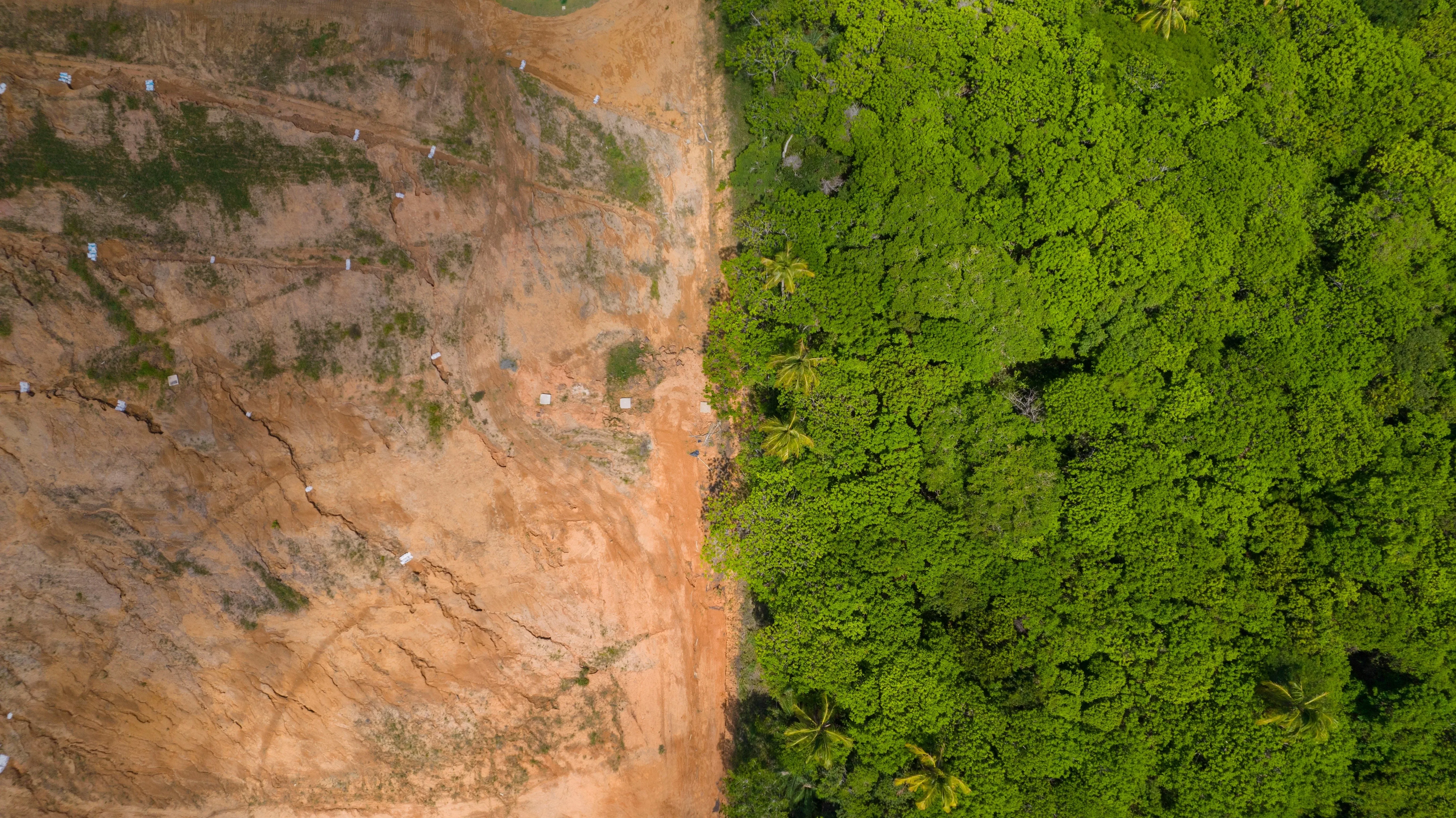
Essence of rewilding
The heart of rewilding lies in letting nature reclaim its course by restoring ecological balance in landscapes degraded by human activity. At its core, rewilding is about allowing nature to reclaim its course, fostering ecosystems where native species can thrive and natural interactions can occur without excessive human interference.
This approach is rooted in the belief that healthy ecosystems are self-sustaining and resilient. By reintroducing key species, such as apex predators or keystone species, and removing barriers like invasive plants or fences, rewilding aims to recreate the dynamic processes that have historically shaped natural habitats. The goal? To bring back the intricate web of life, enabling ecosystems to regenerate, adapt, and thrive.
Rewilding also emphasizes the interconnectedness of all life forms and the importance of biodiversity. It recognizes that the restoration of natural processes can lead to a cascade of positive effects, from improved soil health and water quality to increased carbon sequestration and enhanced resilience to climate change.
Ultimately, rewilding is not just about protecting individual species or landscapes; it’s about nurturing the broader ecological systems that support life on Earth, creating a more balanced and sustainable world for future generations.
Benefits of rewilding
Rewilding offers transformative benefits that extend across ecosystems, climate, and human communities. By restoring natural processes and reintroducing native species, rewilding not only revives the health and functionality of ecosystems but also supports climate stability and enhances human well-being.
The advantages of rewilding are diverse, impacting everything from biodiversity and carbon sequestration to water quality and cultural enrichment. Here's are some of the key benefits:
- Enhancing biodiversity: Reintroduces native species and restores natural habitats, rebuilding complex ecosystems where diverse plants, animals, and microorganisms can thrive. This increases ecosystem stability and resilience.
- Improving ecosystem resilience: Rewilded landscapes handle environmental changes and recover from disturbances more effectively, supporting adaptation to climate fluctuations and natural disasters.
- Sequestering carbon: Healthy forests and wetlands capture and store carbon dioxide, aiding in climate change mitigation and contributing to efforts to reduce greenhouse gas emissions.
- Improving water quality: Restores wetlands and riparian zones that act as natural filters, reducing pollutants and improving aquatic ecosystem health for wildlife and human consumption.
- Enhancing soil health: Re-establishes vegetation and natural animal grazing patterns, improving soil structure, fertility, and erosion control, supporting sustainable land use and agriculture.
- Providing recreational and economic opportunities: Restored natural areas offer spaces for outdoor activities, tourism, and education, benefiting local economies and fostering a deeper connection between people and nature.
- Contributing to cultural and spiritual enrichment: Enhances the beauty and character of landscapes, offering spaces for inspiration and reflection, and revitalizing cultural and spiritual connections.
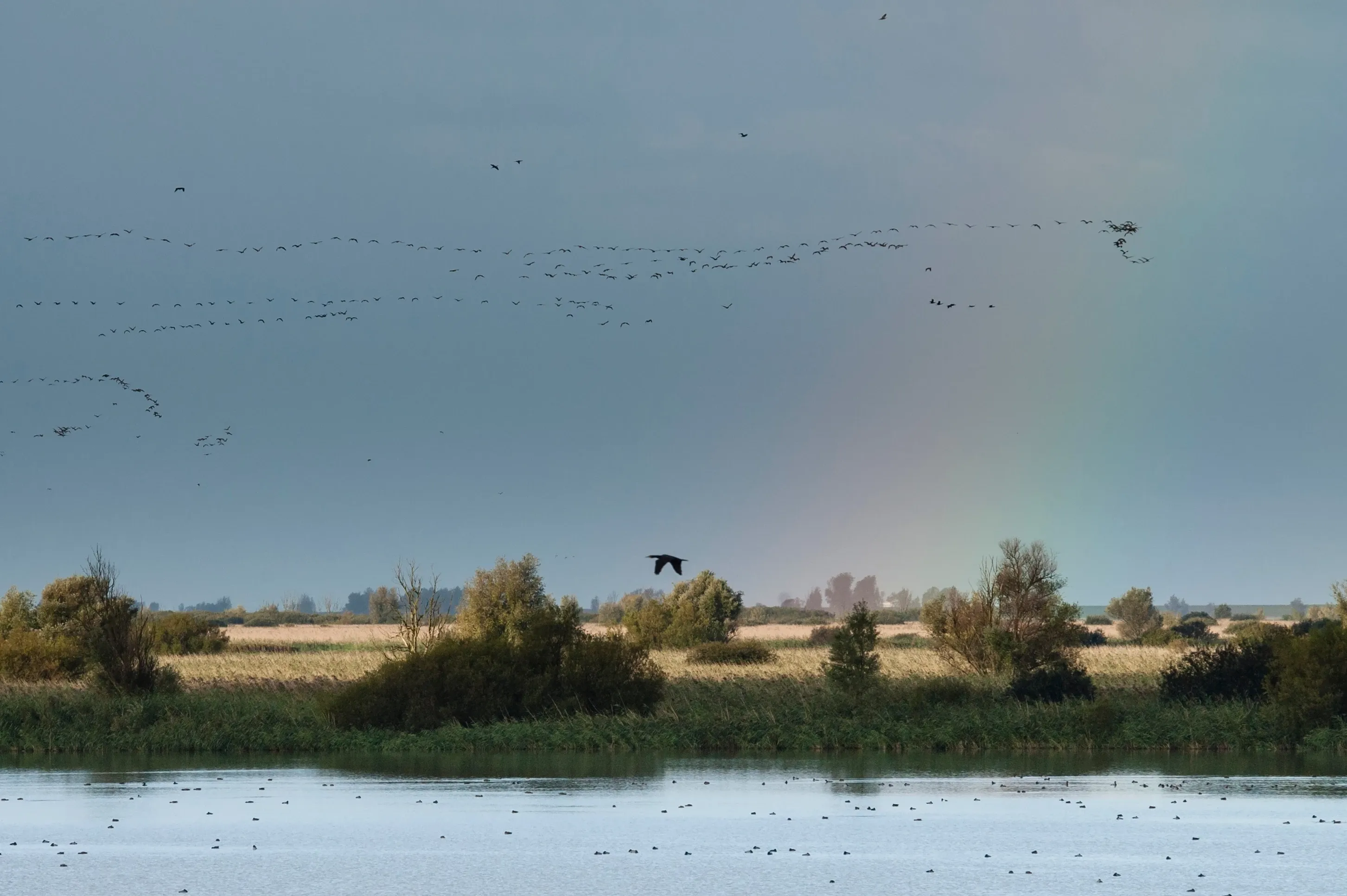
Process: from assessment to long-term maintenance
Rewilding is a methodical approach aimed at restoring natural ecosystems and reestablishing ecological balance. The process typically unfolds through several key stages:
- Assessment and planning: Evaluate the current state of the land and set specific conservation goals. Experts analyze historical context, existing species, and environmental conditions to develop a tailored rewilding strategy.
- Habitat restoration: Rehabilitate and restore the landscape by removing invasive species, replanting native vegetation, and reinstating natural features to create a suitable environment for native wildlife.
- Species reintroduction: Carefully reintroduce key species that have been lost, such as apex predators, herbivores, or pollinators, depending on the habitat’s needs.
- Ecological corridors: Establish corridors to connect fragmented habitats, allowing animals to migrate and interact more freely, thereby supporting wildlife movement and enhancing genetic diversity.
- Ongoing monitoring and management: Track progress, assess habitat health, and adjust strategies as needed to ensure the success of the rewilding efforts.
- Community engagement: Involve local communities and stakeholders to garner support and ensure the project is sustainable and beneficial for both people and wildlife.
- Long-term maintenance: Commit to continuous care and adaptive management to keep the restored ecosystems healthy and dynamic.
Through these stages, rewilding aims to restore ecological balance, boost biodiversity, and create resilient landscapes that support diverse forms of life while adapting to environmental changes.
Challenges of rewilding processes
Rewilding, though a promising conservation approach, faces several challenges that can impact its success. One major issue is the ecological complexity of restoring ecosystems. Introducing species or rehabilitating habitats without fully understanding these complexities can lead to unintended consequences, such as disrupting existing ecosystems or creating imbalances.
Species reintroduction presents its own difficulties. Reintroduced species may struggle to adapt to changed environments or face competition from existing species. Ensuring their successful integration requires careful research and management.
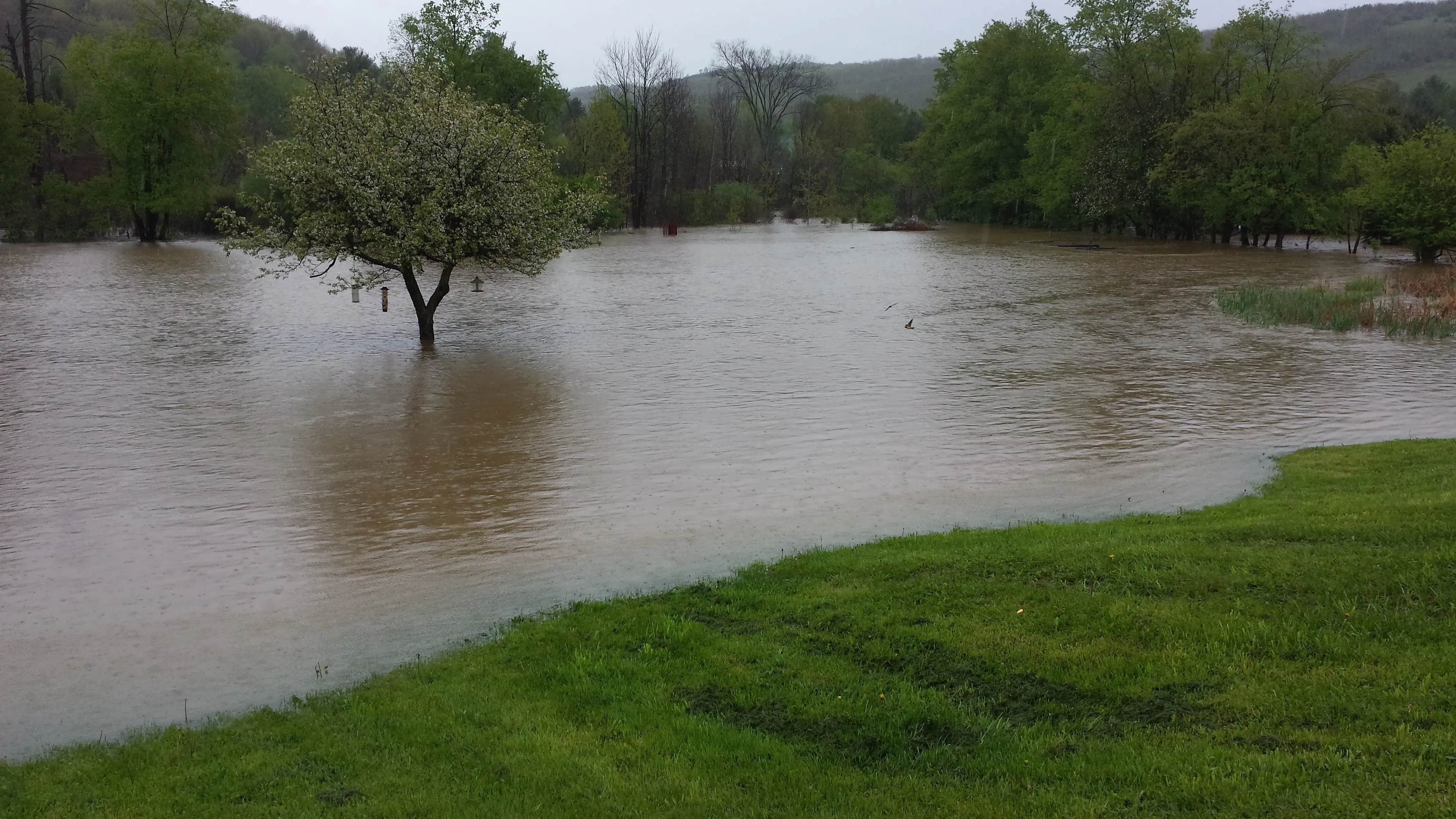
Human-wildlife conflicts are also a concern. As wildlife populations grow and habitats expand, conflicts with human activities, like agriculture or urban development, can increase. Managing these conflicts is essential to prevent damage to property and crops.
Securing adequate funding and resources is crucial for rewilding projects, which often require significant investment for planning, implementation, and management. Land use and ownership issues can pose obstacles, as landowners may resist conservation goals.
Climate change adds another layer of complexity, as shifting conditions can affect habitats and species in unforeseen ways. Lastly, achieving social acceptance is vital. Engaging and educating local communities helps overcome resistance and ensures project success.
Addressing these challenges through careful planning and collaboration is key to effective rewilding.
FAQ about rewilding
Where do rewilding projects take place?
Rewilding projects are implemented in various locations around the world, each chosen based on specific ecological needs and goals. Here are a few notable examples:
Europe
Rewilding projects are active in several European locations. The Iberian Peninsula, encompassing parts of Spain and Portugal, sees significant rewilding work, aiming to restore ecosystems and reintroduce species like the Iberian lynx and griffon vultures. While in the UK, rewilding initiatives are prominent in the Scottish Highlands, where projects focus on restoring native forests and reintroducing species such as the Euopean wild cat, Ospreys and beavers.
North America
Rewilding efforts in North America include projects in Canada, such as those in Kluane National Park and Reserve in the Yukon, which focus on restoring natural processes and supporting wildlife populations. In Alaska, the Wrangell-St. Elias National Park also represents significant rewilding efforts aimed at preserving vast, connected wilderness areas.
Africa
Rewilding initiatives in Africa include projects in Liwonde National Park in Malawi, which focus on habitat restoration and species reintroduction. Kenya is also involved in rewilding through the establishment of wildlife corridors that connect protected areas and support biodiversity across the landscape.
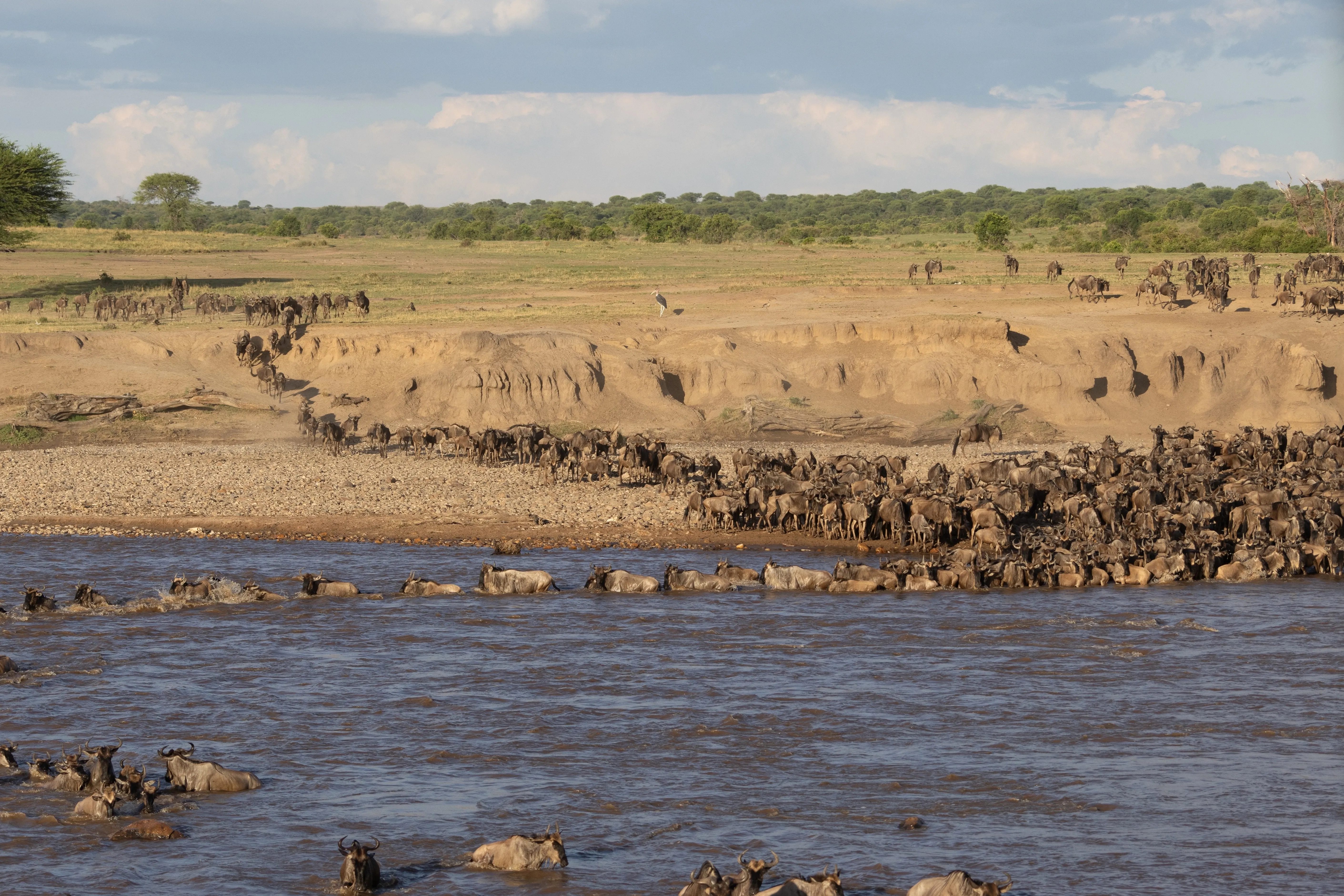
South America
In Colombia, rewilding efforts are concentrated in Sierra de la Macarena National Park, where initiatives aim to restore diverse ecosystems and protect endangered species.
Oceania
In New Zealand, the predator-free movement is a significant rewilding initiative aimed at eradicating invasive predators to allow native species to recover and thrive. This project is implemented across various islands and regions of the country.
Asia
In Asia, rewilding efforts are present in regions such as the Sundarbans mangrove forest, which spans parts of India and Bangladesh. Initiatives here focus on protecting and restoring the habitat of the Bengal tiger.
These projects vary widely in scope, from large-scale landscape restoration to smaller, more localized efforts. They often involve reintroducing species that have been extirpated or extinct in those areas, restoring natural processes, and fostering biodiversity.
Some notable success stories in rewilding efforts?
Rewilding has achieved remarkable success in various parts of the globe, showcasing the transformative potential of ecological restoration. Here are some notable examples:
1. European bison in Poland
Once extinct in the wild, the European bison has made a significant comeback through rewilding efforts. In Białowieża Forest, a primeval forest on the border between Poland and Belarus, these majestic creatures have been reintroduced and are now thriving. This success story highlights how targeted rewilding can help restore key species and balance ecosystems.
2. Yellowstone National Park, USA
The reintroduction of wolves to Yellowstone National Park in the mid-1990s is a classic example of how rewilding can restore ecological processes.
The presence of wolves has helped control the elk population, which in turn has allowed willow and aspen trees to recover, benefiting a wide range of other species. This project demonstrates the cascading effects that top predators can have on entire ecosystems.
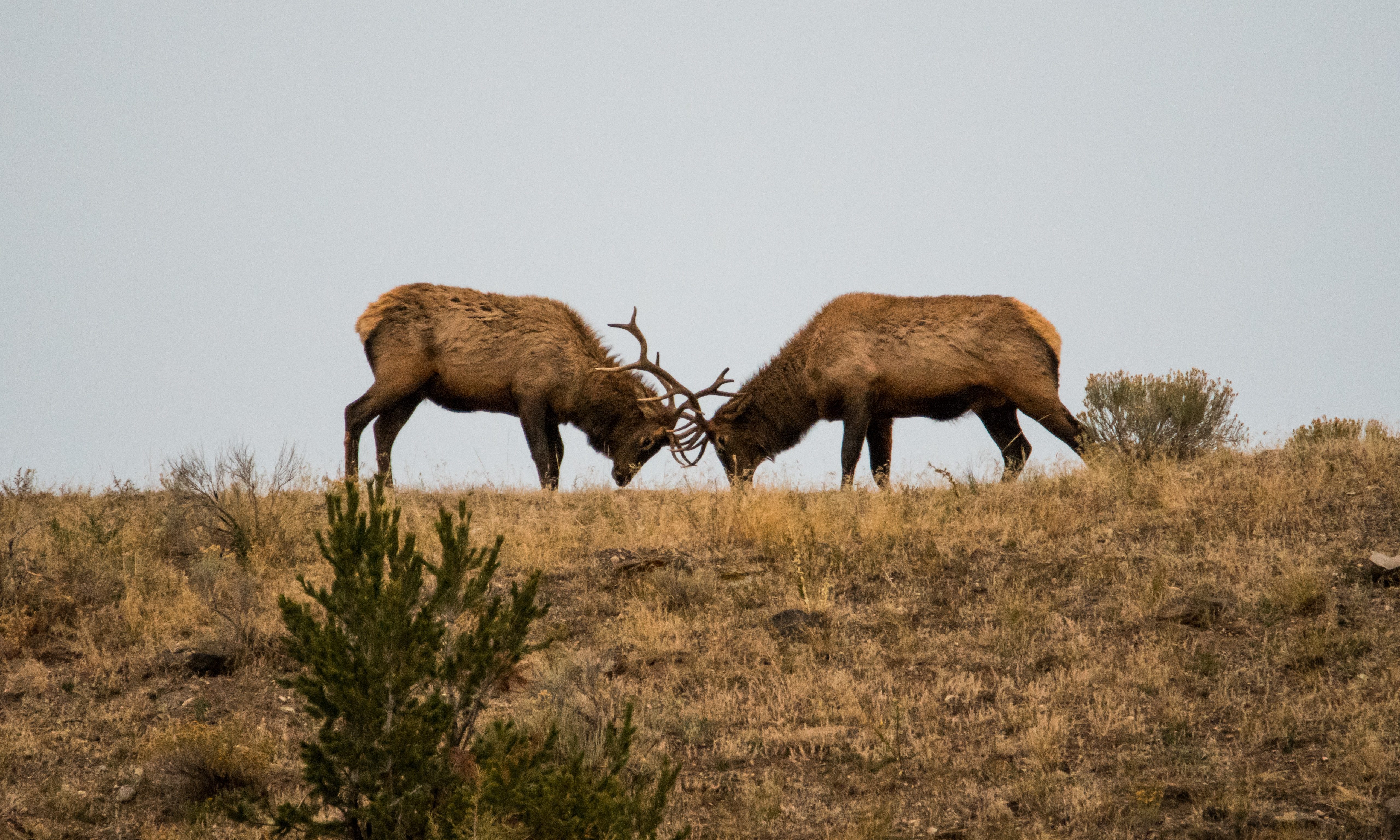
3. Scotland's Affric highlands
Rewilding projects in the Scottish Highlands have focused on restoring native forests and reintroducing species such as the European beaver. The reintroduction of beavers has led to the creation of wetlands and the improvement of water quality, benefiting numerous plant and animal species. This project illustrates the benefits of rewilding for habitat restoration and ecosystem health.
4. The Great Limpopo Transfrontier Park, Africa
Spanning Mozambique, South Africa, and Zimbabwe, this ambitious rewilding project aims to create a connected landscape for wildlife. Efforts here have led to the reintroduction of species such as the African wild dog and the rhinoceros, and the restoration of natural migration routes. The park exemplifies how cross-border conservation initiatives can support large-scale ecosystem recovery.
5. Atlantic forest reintroduction program, Brazil
The rewilding efforts in Brazil’s Atlantic Forest have focused on restoring biodiversity in one of the world’s most endangered ecosystems. Projects here have reintroduced species like the muriqui (woolly spider monkey) and the jaguar, contributing to the recovery of forest habitats and promoting greater ecological resilience.
6. Restoration of coral reefs in the Caribbean
One notable marine restoration success story is the restoration of coral reefs in the Caribbean, particularly in places like the Bahamas.
Projects have focused on rebuilding coral populations through techniques such as coral gardening and outplanting. These efforts have helped revive degraded reefs, improve marine biodiversity, and enhance ecosystem services such as coastal protection and fish habitat.
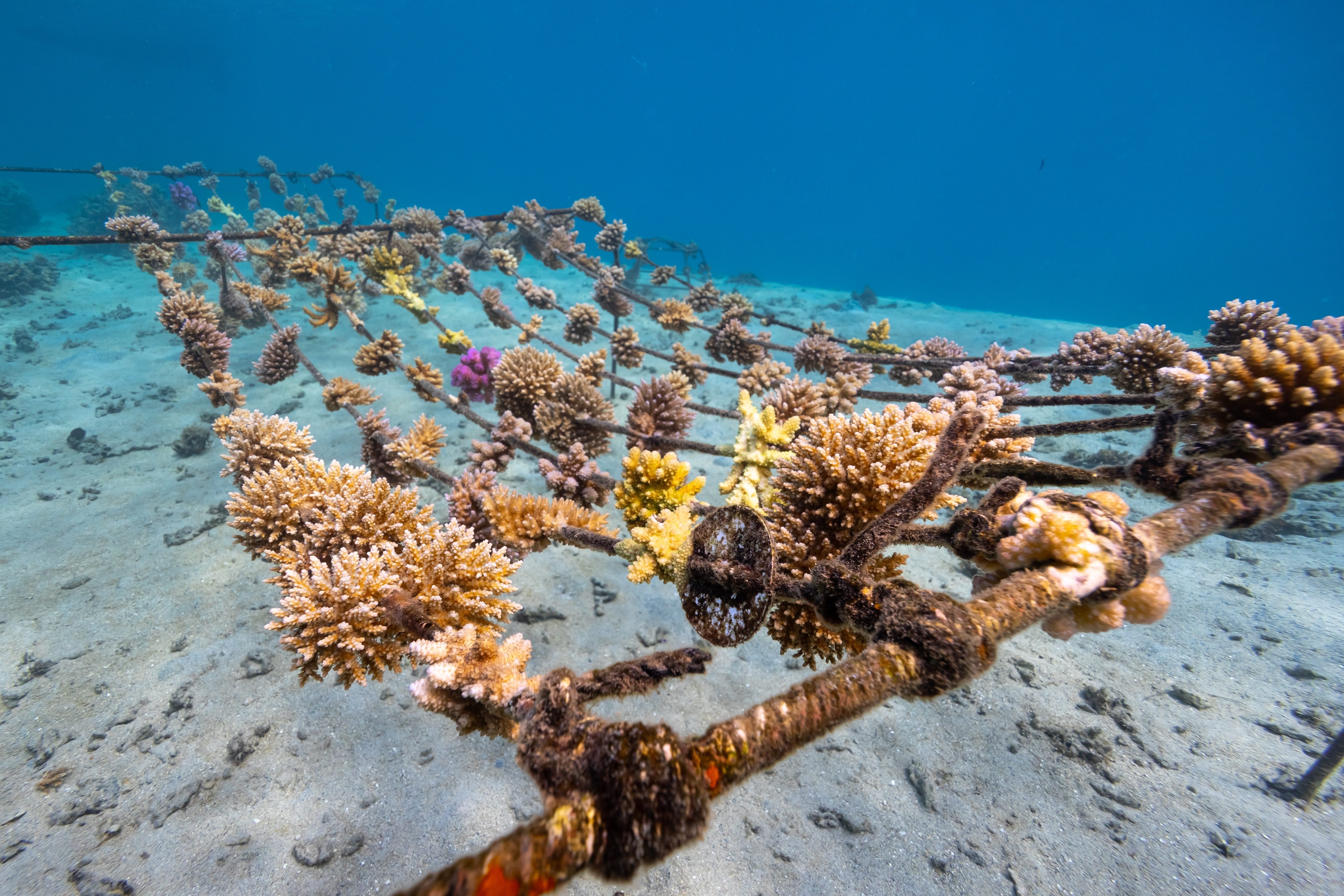
What are some namely rewilding initiative?
Rewilding initiatives aim to restore natural ecosystems and reintroduce species that have been lost. These projects often involve reintroducing keystone species, which are crucial for maintaining the balance of their habitats.
By bringing back native flora and fauna, rewilding efforts help to rejuvenate biodiversity and enhance ecological resilience. In addition, these initiatives can help mitigate the effects of climate change by restoring natural processes and carbon sequestration.
Overall, rewilding represents a proactive approach to conservation, seeking to reverse environ-mental degradation and promote healthier ecosystems. Some examples are:
- Oostvaardersplassen Nature Reserve, Netherlands
- Rewilding Europe
- Scottish Highlands Rewilding, Scotland
- Yellowstone National Park Rewilding, United States
- Iberá Wetlands Project, Argentina
- Rewilding Africa
- Gondwana Link Project, Australia
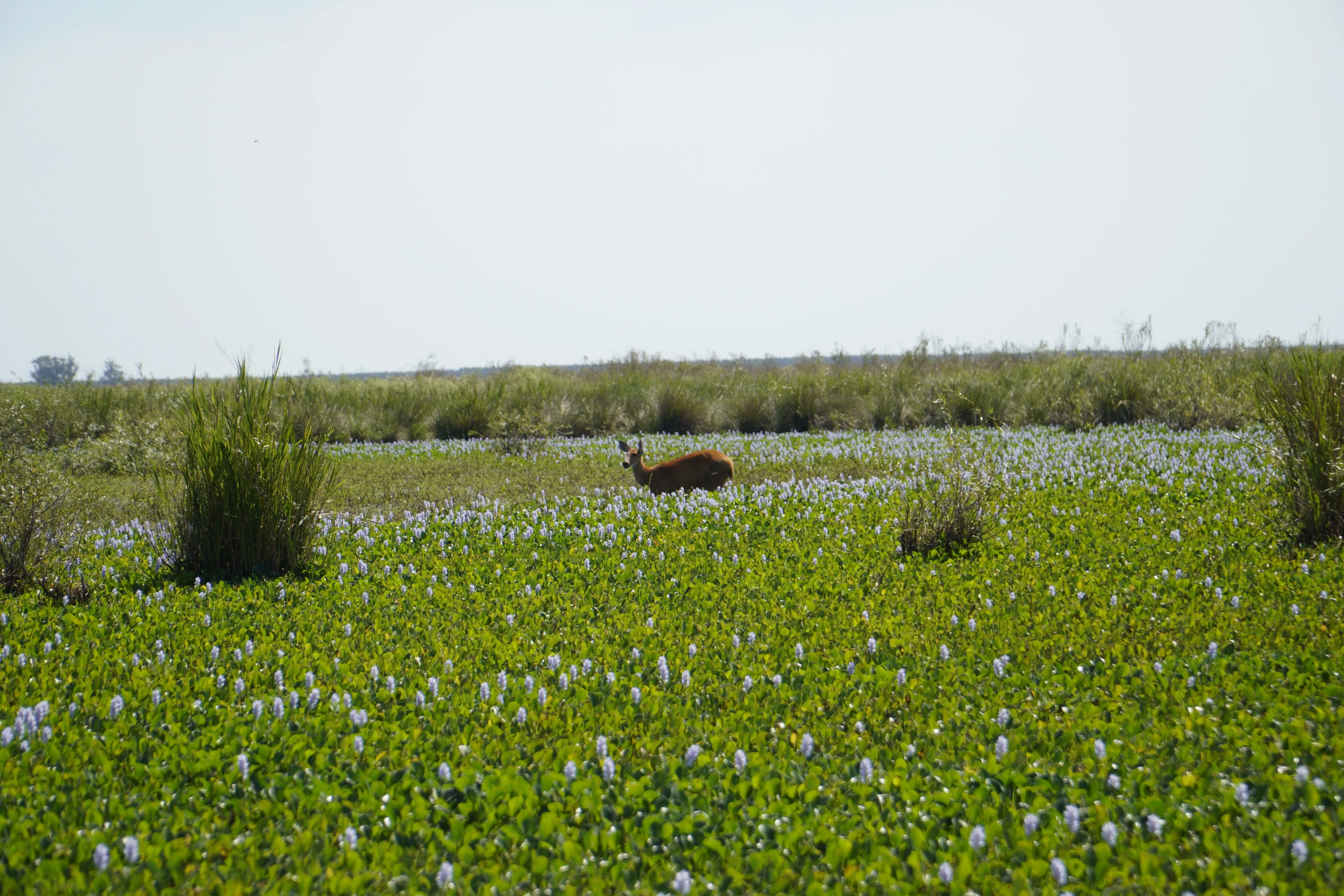
How can I support rewilding projects?
Getting involved in rewilding projects offers a unique opportunity to make a tangible difference in environmental conservation. By supporting these initiatives, you contribute to the restoration of natural ecosystems and help revive endangered species, which can have a cascading positive impact on biodiversity.
Your involvement can also help combat climate change by promoting healthier, more resilient ecosystems that sequester carbon more effectively. Additionally, participating in rewilding efforts fosters a deeper connection to nature and empowers you to be part of a global movement towards environmental sus-tainability.
Here are some examples of how you can get involved in these projects which not only benefits the planet but also enhances your sense of purpose and connection to the natural world.
- Become a Volunteer: Get involved directly by volunteering with local or international rewilding initiatives. Your time and skills can be invaluable for tasks ranging from fieldwork to community outreach. Make sure that the volunteer organization aligns with your ethics and goals towards rewilding.
- Join or support conservation groups: Become a member of or contribute to organizations dedicated to rewilding and conservation. These groups often have various programs and campaigns that you can support through membership or fundraising events.
- Participate in citizen science: Engage in citizen science projects related to rewilding. This might involve tracking wildlife, monitoring habitats, or collecting data that helps researchers understand and support rewilding goals.
- Spread awareness: Educate others about the importance of rewilding and the specific projects you support. Use social media, blogs, or community events to share information and advocate for conservation efforts.
- Support sustainable practices: Adopt and promote practices that reduce your environmental impact, such as reducing waste, supporting sustainable products, and advocating for policies that protect natural habitats.
- Donate: Many rewilding organizations rely on donations to fund their projects. Financial contributions help cover costs for habitat restoration, species reintroduction, and ongoing research.
Four reasons you should engage in rewilding projects
- #1 Biodiversity restoration: Rewilding efforts help restore ecosystems and reintroduce lost species, which can revive natural processes and enhance biodiversity. This contributes to healthier and more balanced ecosystems.
- #2 Climate change mitigation: By restoring natural habitats, rewilding projects can improve carbon sequestration, helping to mitigate climate change and reduce greenhouse gas concentrations in the atmosphere.
- #3 Conservation impact: Your involvement supports the conservation of endangered species and the protection of critical habitats, contributing to long-term environmental sustainability and resilience.
- #4 Personal fulfilment: Participating in rewilding initiatives provides a sense of purpose and connection to nature, allowing you to make a meaningful contribution to global conservation efforts and witness the positive impacts of your actions.
Source references:
Rewildling Europe
Rewilding Earth
The Guardian
One Earth
BBC - Brittish Broadcasting Channel
Sign up for the newsletter
By clicking on “Subscribe now” I will subscribe to the Conscious Explorer newsletter with all the information about mindful travel. Information on the success measurement included in the consent, the use of the shipping service provider MailChimp, logging of the registration and your rights of revocation can be found in our privacy policy.
